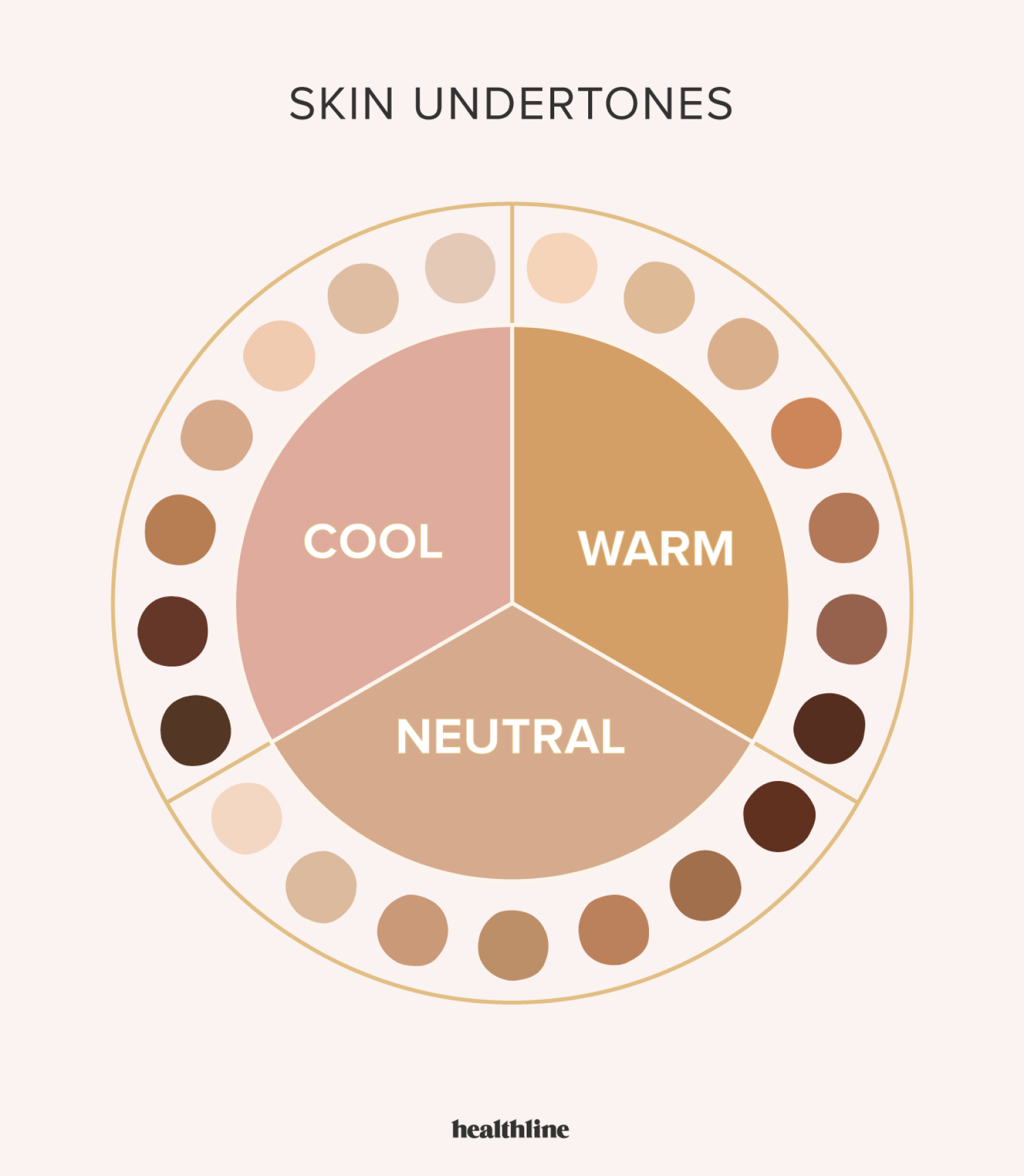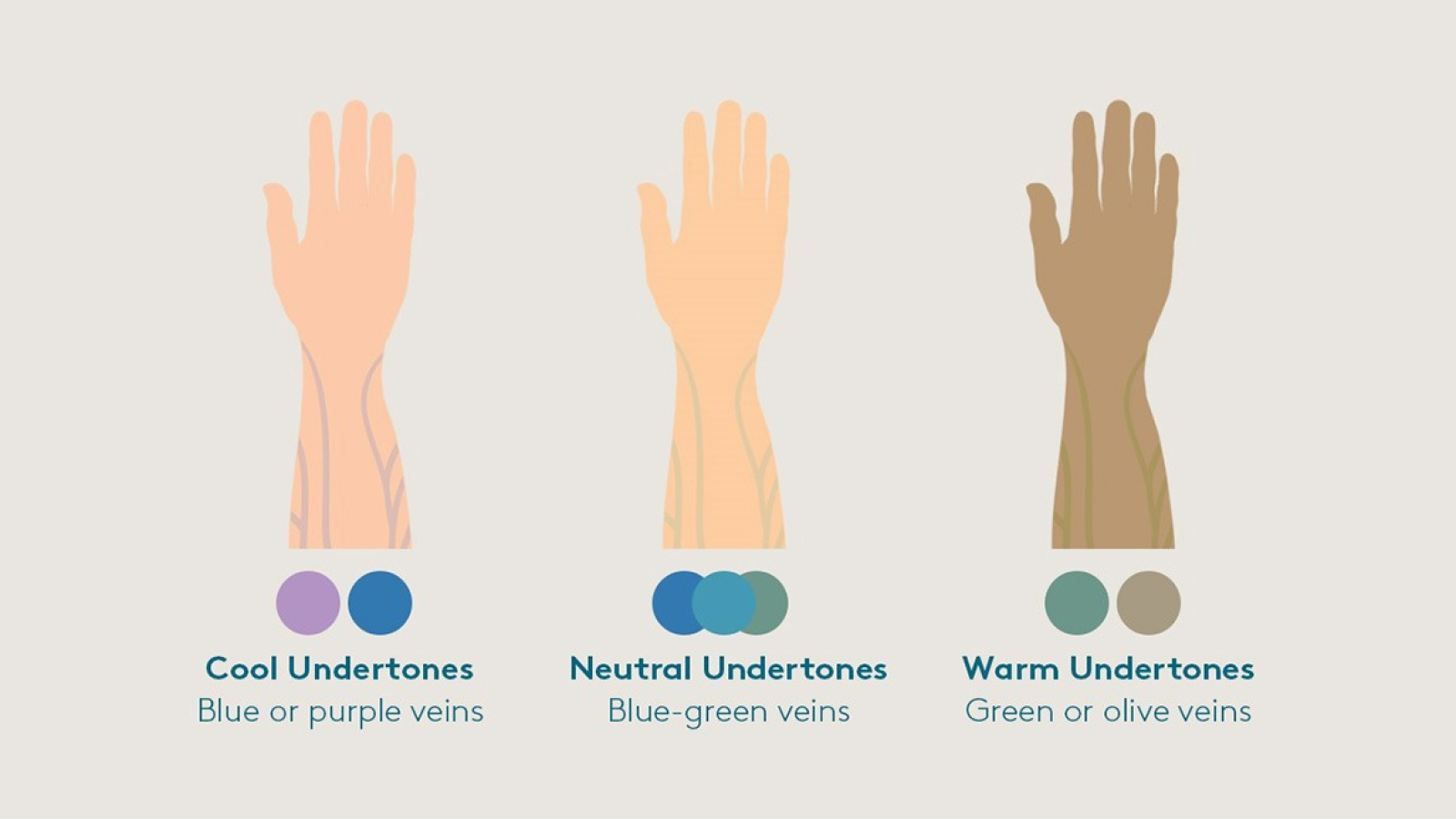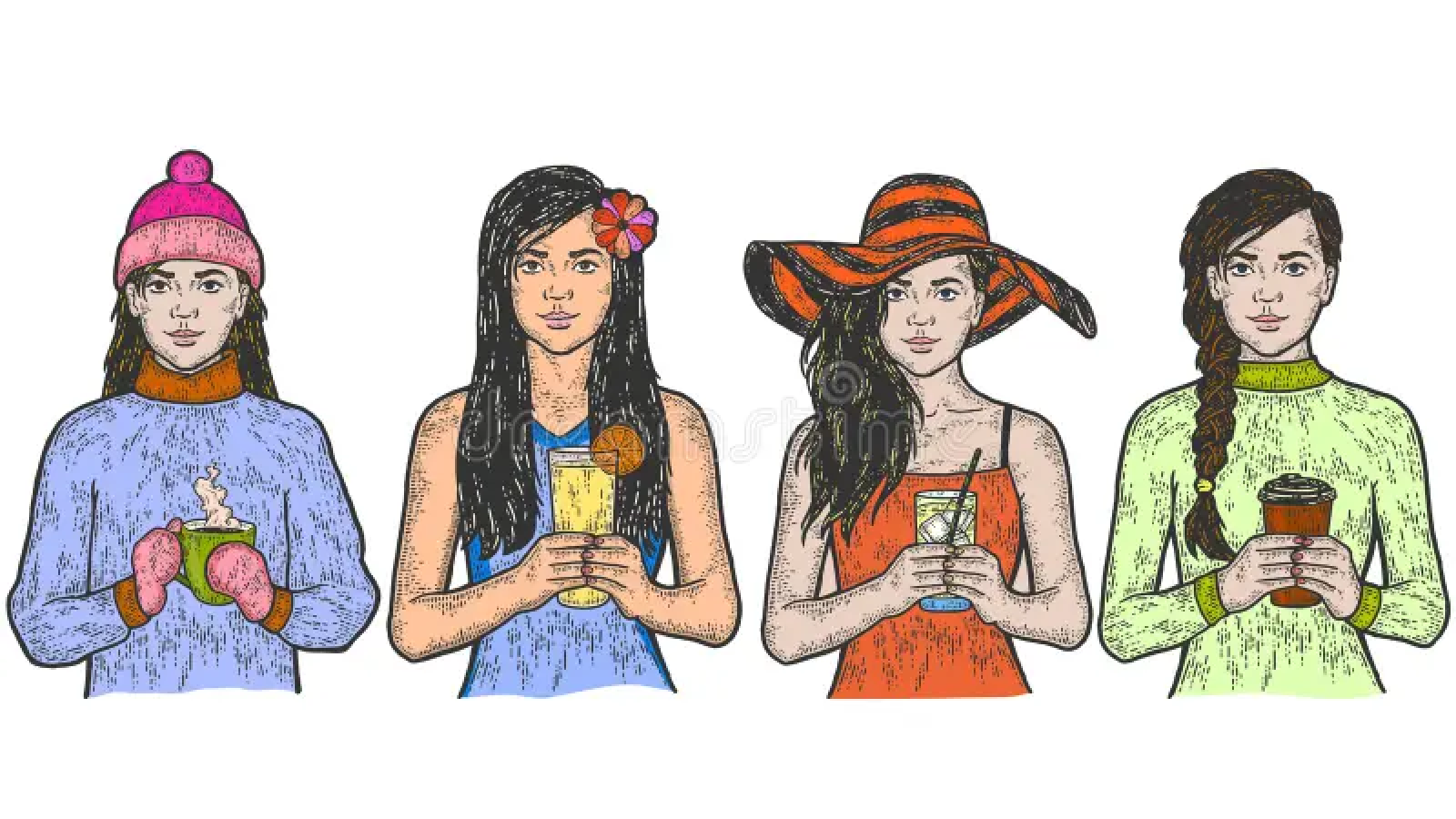From Basic to Bold: Your Guide to Colorful Confidence
Feeling like your wardrobe's on mute? Stuck in a loop of black, beige, and maybe a sprinkle of denim? Don't worry, we've all been there. But listen up because today's the day we level up and explore the rainbow gates of style!

Did you know studies show that wearing color can boost your mood, increase confidence, and even make you appear more approachable? Yeah, science is on our side, people!
But let’s be real: adding color to your wardrobe can feel like crossing a paint spill factory.
We’ve crunched the numbers, analyzed the trends, and curated the ultimate guide on how to add color to your wardrobe to rock color like a pro.
From budget-friendly hacks to color psychology tips, we’ll help you find your perfect palette. You’ll learn how to add color to your wardrobe that not only suits your skin tone but also makes a lasting impression on others.
But before answering how to make a wardrobe palette, let’s explore why wearing your color palette matters. Would it be a game-changer?
Let’s dig in!
What Does it Mean to Wear a Palette?
Wearing a palette in the fashion world refers to dressing with a specific range of colors in mind, like a painter choosing the right colors for a masterpiece. It’s not just about throwing on any random colorful clothes but about creating a cohesive and harmonious look using a curated selection of hues.
Imagine you’re an artist, and your wardrobe is your canvas. Instead of using every color in the crayon box, pick a limited palette, like warm earth tones or cool ocean blues. Then, you use those colors in different shades and intensities to create a balanced and pleasing composition.
Why You Should Wear Your Color Palette?
This ain’t just about clothes, fam. It’s about knowing & owning your personality, amplifying your mood, and turning every outfit into a runway. Wearing your color palette isn’t just about looking good – it’s about feeling good.
Here are some benefits of wearing a palette:
- It simplifies your life: No more staring at your closet, wondering what to wear. With a palette, everything goes together, so getting dressed is a breeze.
- It makes you look more put-together: A well-chosen palette can instantly upgrade your look from casual to chic.
- It flatters your skin tone and features: Certain colors can make your skin glow and your eyes sparkle. Choosing a palette that complements your natural coloring will make you look your best.
- It expresses your personality: Your color palette can reflect your unique style and vibe.
- It’s budget-friendly: Once you have a basic wardrobe in your palette colors, you can easily add new pieces without worrying about them clashing.
What Should You Consider When Choosing a Color Palette For Your Wardrobe?
- Color theory: You can use basic color theory principles like complementary colors (opposites on the color wheel), analogous colors (neighbors on the color wheel), or triadic colors (three evenly spaced colors on the wheel) to create a balanced palette.
- Inspiration: Look for inspiration in nature, art, or even your favorite movies or music. For example, a desert palette might include warm browns, oranges, and beiges, while a tropical palette could be filled with vibrant greens, blues, and pinks. Look at a vibrant sunset, a field of wildflowers, or a bustling city street. How do the colors interact? Can you translate those harmonious combinations into your wardrobe?
- Personal preference: Ultimately, the best palette is one that you love and feel comfortable wearing. Don’t be afraid to experiment and find what works best for you.
- Purpose: What’s your goal? Is it a capsule wardrobe for everyday life, a bold statement for special occasions, or a mood-boosting mix for work? Defining your purpose helps focus your color choices.
- Mixability: Forget one-and-done outfits! Choose a palette where pieces seamlessly interact. Opt for analogous colors (blending neighbors on the wheel) for a harmonious flow, or play with triadic combos (three evenly spaced hues) for a vibrant splash. Complementary colors (opposites on the wheel) can add drama, but use them sparingly for balance.
- Undertones: Dive deeper than your skin tone! Understanding your undertone (cool, warm, or neutral) helps you select colors that flatter your natural beauty and make you glow. Cool undertones thrive in blues, purples, and silvers, while warm undertones shine in oranges, yellows, and gold. Neutrals can mix and match both!
How Do You Add Color to Your Wardrobe That Suits Your Skin Tone?
Ever questioned yourself: how do I know what color suits me? Knowing the colors harmonizing your skin tone, hair color, and overall personality is based on your undertones. Let’s delve into the intricacies of discovering the perfect color palette for you:
Determining Your Undertone

First things first, let’s crack the code of your undertone. Undertones are the foundation for knowing how to add color to your wardrobe. This invisible layer beneath your skin’s surface influences how colors interact with your complexion. Think of it as the canvas upon which your color palette will be painted. The undertones are cool, warm, and neutral; do the following simple tests to determine yours:
1. Vein Test:

The color of your veins is a key indicator. Look at your bare wrist in natural light – blue or purple suggests cool undertones, whereas green leans towards warm. Can’t decide which color of veins you see? The neutral undertone it is!
2. White Paper/Shirt Test:

In front of a mirror, take a white piece of paper or hold a white shirt upon your face in natural light. You likely have cool undertones if your skin appears tinged with pink or rosy compared to the white reference.
And if it is a slightly yellow or golden hue next to the white, you probably possess warm undertones. Can’t decide? Neutral – you can rock all colors!
3. Building Your Color Palette

Hero Hues: Choose 2-3 shades that flatter your skin tone and make you feel instantly radiant. Think of them as your signature pieces, the foundation of your wardrobe.
Supporting Cast: Timeless neutrals like black, white, and beige provide a versatile base for you to shine. They act as the backbone of your wardrobe, offering endless possibilities for mixing and matching.
Playful Accents: A statement scarf, a pair of colorful shoes, or a bold piece of jewelry can add a touch of magic to any outfit. These playful accents are the finishing touches that make your style truly your own.
How To Make a Wardrobe Palette?
After determining your undertones, you won’t be clueless about how to add color to your wardrobe. When it comes to personal style, understanding the shades of color is crucial. The colors you wear can either boost your natural features or leave you feeling out of sync with your own appearance.

1. Assemble Your Undertones’ Favorites
Let’s walk through the colors according to your undertones:
Warm Undertones
Individuals with warm undertones typically have golden, peachy, or yellowish hues in their skin. To enhance these warm tones, opt for earthy colors like terracotta, mustard, and warm shades of red. These tones can bring out the warmth in your skin, creating a radiant and cohesive look.
Cool Undertones
You likely have cool undertones if your skin has hints of pink, blue, or purple. For a flattering wardrobe, go for cool colors like blues, purples, and greens. Jewel tones can complement cool undertones, adding sophistication and elegance to your style.
Neutral Undertones
Neutral undertones offer versatility, allowing you to experiment with various colors. Earthy tones, soft pastels, and bold shades work well with neutral undertones. The key is to balance warm and cool colors, creating a harmonious blend that highlights your natural beauty.
2. Let Your Eyes Shine
Don’t underestimate the power of color to bring out the sparkle in your eyes. Choose tops and scarves that echo your eye color for a mesmerizing effect. You can choose your favorite brand or anything from Clarks US to compliment your overall look.
Blue Eyes: Enhance their clarity with cool blues, silver grays, and crisp whites. A cobalt blue blouse, a charcoal gray scarf, or a white button-down shirt can spark your eyes.
Green Eyes: Bring out the emerald depths with forest greens, rich browns, and pops of gold. A jade green turtleneck, a chocolate brown sweater, or a gold-flecked scarf can accentuate your captivating gaze.
Brown/Hazel Eyes: Play with their chameleon-like nature! Experiment with warm and cool tones like olive green, burnt orange, and dusty purple. A floral scarf with complementary hues or a top that mixes warm and cool colors can enhance their versatility.
3. Spotlight with Purpose
The right accessories can boost your outfit from basic to breathtaking. Choose a few pieces in a complementary accent color to add a touch of personality and tie your look together.
Cool Undertones: Consider silver jewelry, rose gold accents, or icy blue or lavender pops in your bag or scarf.
Warm Undertones: Opt for gold jewelry, tortoiseshell accessories, or burnt orange or olive green touches in your handbag or shoes.
Neutral Undertones: You can play with silver and gold or experiment with bolder accent colors like emerald green or ruby red.
4. Metal Consistency
Maintaining a consistent metallic theme throughout your outfit creates a sense of cohesion and sophistication. Choose silver for a cool, modern feel, gold for a warm, classic touch, or rose gold for a feminine and romantic vibe. Stick to your chosen metal for a unified look for necklaces, bracelets, rings, and watch bands.
5. Select Clothes That Speaks Your Personality
Ultimately, fashion is about expressing yourself. Don’t be afraid to step outside your comfort zone and experiment with colors that resonate with your personality. If you’re bold and energetic, go for vibrant hues; if you’re calm and collected, opt for soft pastels; and if you’re creative and playful, experiment with unexpected color combinations. You can get a huge variety of clothing and accessories at Zaful US. You can get exclusive discounts via shopping from Penny Pincher.
Choosing Colors for Different Seasons

Spring
Spring is associated with fresh, vibrant colors. Pastels like mint green, baby blue, and soft pink can beautifully complement individuals with warm undertones. Think of the blossoming flowers and incorporate those hues into your wardrobe for a lively and refreshing look.
Summer
Cool undertones shine in summer with cool, calming colors. Embrace the season’s serenity with shades like lavender, powder blue, and mint. Opt for light, airy fabrics in these hues to effortlessly capture the essence of summer.
Autumn
As the leaves change, so does the color palette for autumn. Warm undertones can embrace rich, earthy tones such as burnt orange, deep red, and olive green. Infuse your wardrobe with these cozy hues to mirror the season’s warmth.
Winter
Winter calls for bold and dramatic colors. Cool undertones can make a statement with deep jewel tones like emerald green, royal blue, and burgundy. Choose luxurious fabrics in these shades to exude sophistication during the colder months.
Wardrobe Staples For Every Skin Tone
Essential Neutrals
Regardless of your skin tone, every wardrobe should include versatile neutral colors. Crisp whites, classic blacks, and shades of gray provide a timeless foundation. Invest in high-quality neutral pieces that can be mixed and matched effortlessly.
Statement Colors
To add a pop of color to your wardrobe, identify statement colors that complement your skin tone. Consider bold accessories or accent pieces in these hues to elevate your overall look without overpowering your natural tones.
Patterns and Prints
Experimenting with patterns and prints can be a fun way to diversify your wardrobe. Choose prints incorporating your undertone’s dominant colors, creating a cohesive and visually appealing ensemble.
Wrapping Up
There you have it – a comprehensive answer to your question of how to add color to your wardrobe. Understand your undertone and pick the colors that compliment your personality.
Your wardrobe is a canvas for self-expression. Don’t be afraid to experiment, mix and match, and discover your own unique style.























That’s great information.
yes indeed.